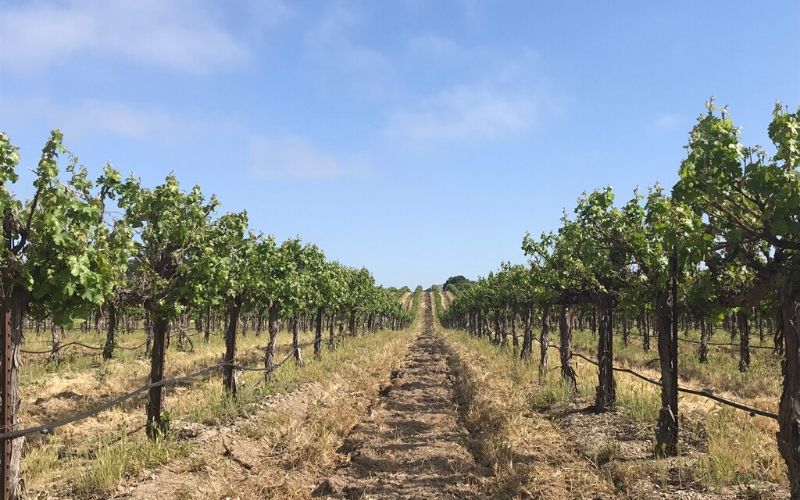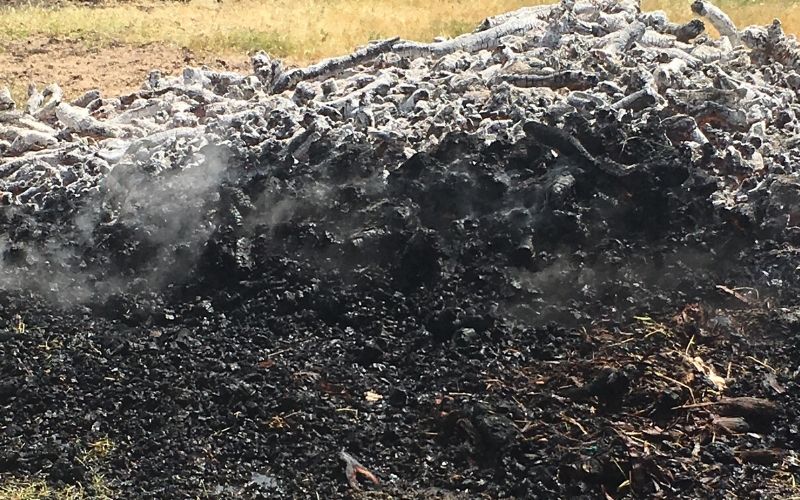Soil Health and Resources
Vineyard Team is a place to find resources on sustainable agriculture practices, healthy soil, vineyard floor management and more.
28: Understanding Soil Health
This podcast is an excerpt of the talk Dr. Charlotte Decock delivered at the 2017 Sustainable Ag Expo on understanding soil health - what soil health is, how to increase it, and how to measure it. Dr. Decock is an Assistant Professor Cal Poly - Earth & Soil Sciences. Charlotte Decock holds a faculty position in soil health and fertility at Cal Poly. Her teaching and research focus on sustainable fertilizer and soil management in California’s specialty crops. She earned a Ph.D. in Soils and Biogeochemistry from UC Davis and a M.Sc. in Environment Engineering from Ghent University (Belgium). During the last 10 years, her research has focused on soils and soil health. Currently her work focuses on which soil health indicators are most relevant to cropping systems in California.
Floor Management for Soil Health
A fact sheet about cover crops and tillage.
72: Soil Microbes and Nutrient Availability
Dr. Tarah Sullivan is Assistant Professor of Soil Microbiology at Washington State University. In this interview, Tarah discusses how the plant microbiome mirrors the human gut, the ways in which soil microorganisms can alter the bioavailability of micronutrients and metals for plants, why plants in alkaline soils can be deficient in iron when the soil is not, if cover crops can improve soil microbial communities, and what is next for her research.
25: Under-Vine Cover Crops
Dr. Justine Vanden Heuvel, Associate Professor of Viticulture at Cornell University, describes how controlling vine vigor is difficult in regions with high organic matter soils and plentiful summer rain. Growing certain cover crops in the vine row can devigorate vines by as much as 30%. Others do not devigorate vines, but do keep soil in place. In vineyards on slopes under-vine cover crops can reduce or eliminate the need for herbicide applications preventing the off-site movement of soil, pesticides, and nutrients.
Understanding Soil Health- Slides
The slides that accompany the Understanding Soil Health podcast by Charlotte Decock, Ph.D. from the 2017 Sustainable Ag Expo.
Conservation burning is a way of dramatically reducing greenhouse gasses and particulate releases from burning woody material like old grapevines. Biochar is a soil amendment that can hold water and nutrients in the soil for slow release to the plants. Raymond Baltar, Director of the Sonoma Biochar Initiative; Director of the California Biochar Association and Biochar Project Manager at Sonoma Ecology Center explains how to execute a conservation burn and make biochar to reduce smoke and capture carbon.
53: Producing Compost and Carbon Sequestration
This podcast is a recording from a workshop we co-costed on soil health. As part of California Climate Investments, the California Department of Food and Agriculture’s (CDFA) Healthy Soils Program distributed $5.8 million in cap and trade funds in 2018 to farming and ranching operations for the implementation of soil health practices that sequester carbon and reduce greenhouse gas emissions. This workshop brought together our team of researchers and growers from Cal Poly, the Vineyard Team, J. Lohr Vineyard, and Tablas Creek Vineyard to talk about their Demonstration Project grant from the Healthy Soils Program to demonstrate the benefits of compost application and no-till practices for vineyard operations.
The Conservation Burn Technique
When done properly “conservation burning” is a technique for burning woody material that greatly reduces the production of smoke particulates and reduces the amount of Carbon released into the atmosphere. Biochar can be produced from the material left over after the burn and spread with compost to increase soil organic matter and sequester Carbon in the soil.
NRCS Soil Health Assessment Worksheet
A simple method for judging the health of your soils with only simple tools and no lab analysis.
Are Haney Tests Meaningful?
Describes and explains the “Haney Tests,” an increasingly popular way of quantifying soil health.
19: Healthy Soils Program
The California Department of Food and Agriculture appropriated funds to develop and administer a new incentive and demonstration program from the Greenhouse Gas Reduction Fund. The objective of this new Healthy Soils Program is to build soil carbon and reduce agricultural greenhouse gas (GHG) emissions.
What is Sustainable Agriculture?
Adapted from materials from the University of California Sustainable Agriculture Research and Education Program (UCSAREP) www.sarep.ucdavis.edu.


